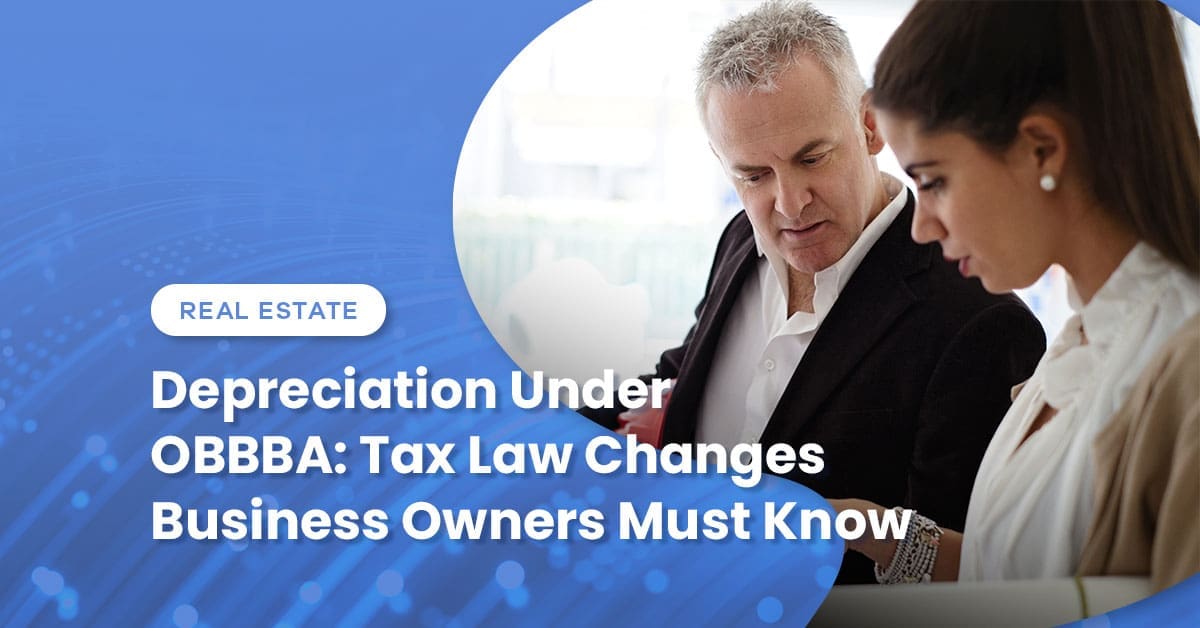On July 4, 2025, the One Big Beautiful Bill Act (OBBBA) was signed into law, bringing significant changes to the U.S. Opportunity Zones (OZ) program. This tax alert summarizes the key opportunity zone tax benefits, updates, and implications for investors and stakeholders.
From Temporary to Permanent
Initially established by the 2017 Tax Cuts and Jobs Act (TCJA), the Opportunity Zones (OZ) program is now permanent. The previous sunset date of December 31, 2026, has been removed for new investments. Governors will redesignate OZs every 10 years, with the first redesignation taking effect on January 1, 2027.
The OBBA does not alter the tax effect on deferred gains under the OZ program, as previously introduced under the TCJA. Deferred gain under the TCJA OZ program remains taxable on December 31, 2026.
Tax Incentives and Deferral Changes
Capital gains deferral is now available on a rolling 5-year basis, replacing the fixed 2026 deadline. Investors receive a 10% basis step-up after 5 years. The previous 7-year 5% step-up has been eliminated. Gains on OZ investments held for more than 10 years remain entirely tax-free.
New Focus on Rural Areas
A new category of Qualified Rural Opportunity Funds (QROFs) has been introduced to encourage investment in rural areas (defined as regions outside cities or towns with populations over 50,000). QROFs offer a 30% basis step-up after 5 years and require only 50% of the adjusted basis to be reinvested, compared to 100% for standard OZs.
Geographic Redesignation
Effective July 1, 2026, governors must select new OZ census tracts every 10 years. Eligibility criteria have been tightened: the median family income threshold is lowered from 80% to 70% of the area or state median, the contiguous tract rule is eliminated, and Puerto Rico is now limited to 25% of eligible tracts.
New Reporting Requirements
New IRS reporting rules require Qualified Opportunity Funds (QOFs) to report asset values, business types, employment data, and more. Non-compliance may result in penalties up to $50,000.
Strategic Timing Considerations
A potential ‘dead zone’ in 2026 may prompt investors to delay investments to benefit from the new 2027 rules. Strategic planning is recommended to optimize the balance between current and future tax benefits.
Maximizing Opportunity Zone Tax Benefits Amid OBBBA Changes
The OBBBA introduces transformative changes to the Opportunity Zones program, offering enhanced incentives and stricter compliance requirements. Investors should reach out to our tax professionals to navigate the evolving landscape and maximize opportunity zone tax benefits.
Investors should also consider the impact of recognizing gains deferred under the prior TCJA OZ program on their 2026 taxes.
FAQ: Opportunity Zone Tax Benefits
What are opportunity zone tax benefits?
Opportunity zone tax benefits allow investors to defer and in some cases exclude capital gains tax by investing in designated economically distressed areas known as Opportunity Zones.
How did the OBBBA change opportunity zone tax benefits?
The One Big Beautiful Bill Act (OBBBA) made the program permanent, replaced the fixed 2026 deadline with a rolling 5-year deferral, added stricter eligibility criteria, and created Qualified Rural Opportunity Funds (QROFs) to encourage investment in rural areas.
What is a Qualified Opportunity Fund (QOF)?
A Qualified Opportunity Fund is an investment vehicle set up to invest in eligible property located in Opportunity Zones. QOFs now face new IRS reporting requirements and must provide asset values, business types, and employment data.
What is a Qualified Rural Opportunity Fund (QROF)?
A QROF is a fund targeting rural areas outside cities or towns with populations over 50,000. QROFs offer a 30% basis step-up after five years and require only 50% reinvestment of the adjusted basis.
Do I still benefit from deferred gains if I invested under the TCJA OZ program?
Deferred gains under the original program remain taxable on December 31, 2026. Strategic timing may help maximize both current and future benefits.
Where can I get help with Opportunity Zone tax benefits or reporting?
Contact Wiss for guidance on compliance, investments, and maximizing your opportunity zone tax benefits.





 Previous
Previous






